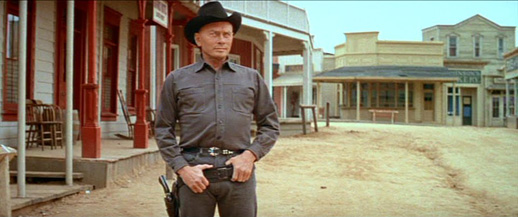|
|
Viking Night: WestworldBy Bruce HallAugust 17, 2016
There are fly on the wall sessions with the scientists who run the park. Delos is a technological marvel; a Bond villain’s lair come to life. It’s a self contained, entirely foolproof system where everything is closely monitored and controlled. It’s kind of a Hunger Games meets Epcot situation, plus paying customers and minus the child-murdering. The place is conspicuously run with one eye on customer safety, and one eye on making a profit. Anybody want to guess what ends up being the central conflict of the second act? Meanwhile, John and Pete would very much like for us to know that you can tell robots from humans because they haven’t perfected the hands yet. The simulation is full of failsafes designed to keep visitors safe, no matter how stupid and clumsy they are. “Nothing can go wrong,” drones the PA as visitors arrive. That seem like an unnecessary assurance, as well as further proof someone needs to fire that intern. These are all things we need to know, so I don’t fault the film for going through its paces. The problem is that when the exposition feels forced, the drama begins to feel artificial. It’s like when you blow up a picture too far and it turns into pixels. It’s the same story template Crichton would later use for many stories, most notably Jurassic Park - another dry, vaguely scientific procedural that is also punctuated by confusing chase scenes. This made Crichton's novels easy to read, but on screen it looks like two hours of video game cutscenes, linked by the ironic theme that technology can never replace friendship.
|

|
|
|

|
Friday, November 1, 2024
© 2024 Box Office Prophets, a division of One Of Us, Inc.


